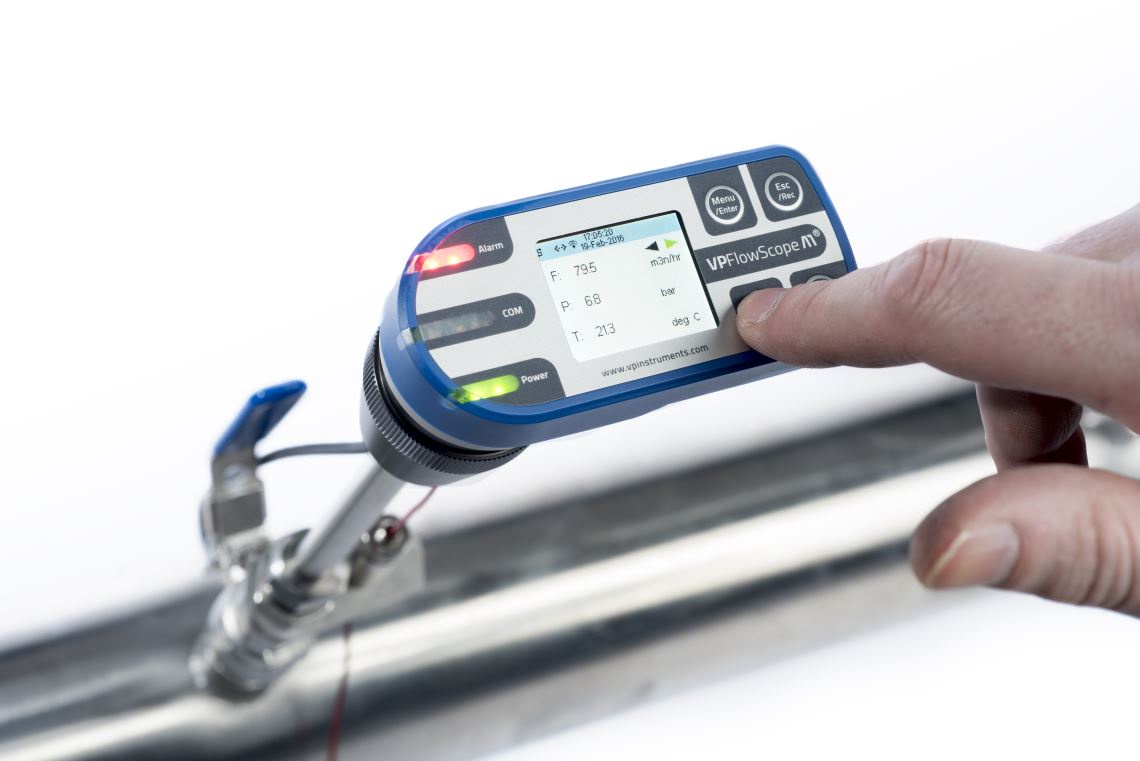In industries reliant on compressed air systems, efficiency is paramount. However, one common challenge is undetected air leaks, which can lead to significant energy waste and operational inefficiencies. In this article, we delve into the realm of compressed air leaks detection solutions, exploring innovative methods and tools to identify and resolve leaks promptly.
Detecting Compressed Air Leaks: An Overview
Compressed Air Leaks: Understanding the Basics
Compressed air leaks pose a considerable problem for industries, resulting in unnecessary energy consumption and increased operational costs. Identifying and addressing these leaks promptly is crucial for optimizing system efficiency and reducing environmental impact.
Importance of Timely Detection
Timely detection of compressed air leaks is vital to prevent energy waste and ensure optimal system performance. By promptly addressing leaks, industries can minimize downtime, enhance productivity, and reduce maintenance costs.
Challenges in Detection
Detecting compressed air leaks presents several challenges, including identifying leaks in large and complex systems, distinguishing leaks from background noise, and accessing confined or hazardous areas. Overcoming these challenges requires innovative solutions and advanced technologies.
Advanced Techniques for Detection
Ultrasonic Leak Detection
Ultrasonic leak detection is a highly effective method for identifying compressed air leaks by detecting high-frequency sound waves emitted by escaping air. This non-invasive technique allows for quick and accurate leak detection, even in noisy environments.
Thermal Imaging
Thermal imaging cameras offer another valuable tool for detecting compressed air leaks. By capturing infrared images, these cameras can identify temperature differentials caused by escaping air, enabling precise leak localization and diagnosis.
Pressure Drop Analysis
Pressure drop analysis involves monitoring changes in air pressure within the system to pinpoint potential leak locations. By analyzing pressure variations across different segments of the system, operators can identify areas with abnormal pressure drops indicative of leaks.
Implementing Effective Solutions
Routine Maintenance and Inspection
Regular maintenance and inspection of compressed air systems are essential for proactive leak detection and prevention. Implementing a comprehensive maintenance schedule allows operators to identify and address potential leaks before they escalate into significant issues.
Utilization of Leak Detection Technology
Investing in advanced leak detection technology, such as ultrasonic sensors and thermal imaging cameras, can significantly enhance leak detection capabilities. Integrating these tools into maintenance protocols enables rapid and precise identification of air leaks.
Sealing and Repair Techniques
Once leaks are detected, prompt sealing and repair are necessary to prevent further energy loss. Utilizing specialized sealants and repair kits designed for compressed air systems ensures effective leak remediation without compromising system integrity.
FAQs (Frequently Asked Questions)
How do compressed air leaks impact energy consumption?
Compressed air leaks result in wasted energy, as the system must work harder to compensate for lost air. This leads to increased energy consumption and higher operational costs.
What are the common signs of compressed air leaks?
Common signs of compressed air leaks include hissing or whistling sounds, fluctuating system pressure, and reduced equipment performance.
Can compressed air leaks be detected without specialized equipment?
While some leaks may be audible or visible, many require specialized equipment such as ultrasonic leak detectors or thermal imaging cameras for accurate detection.
How often should compressed air systems be inspected for leaks?
Routine inspections should be conducted at regular intervals, with frequency depending on factors such as system size, operating conditions, and environmental factors.
What are the environmental implications of compressed air leaks?
Compressed air leaks contribute to environmental degradation by increasing energy consumption and greenhouse gas emissions. Addressing leaks promptly helps reduce carbon footprint and minimize environmental impact.
Are there cost-effective solutions for repairing compressed air leaks?
Yes, utilizing cost-effective sealants and repair kits tailored for compressed air systems can effectively address leaks without significant investment.
Conclusion
Efficient detection and remediation of compressed air leaks are crucial for optimizing system performance and minimizing energy waste. By implementing advanced detection techniques, utilizing specialized equipment, and prioritizing proactive maintenance, industries can achieve significant cost savings and environmental benefits.


No comments yet